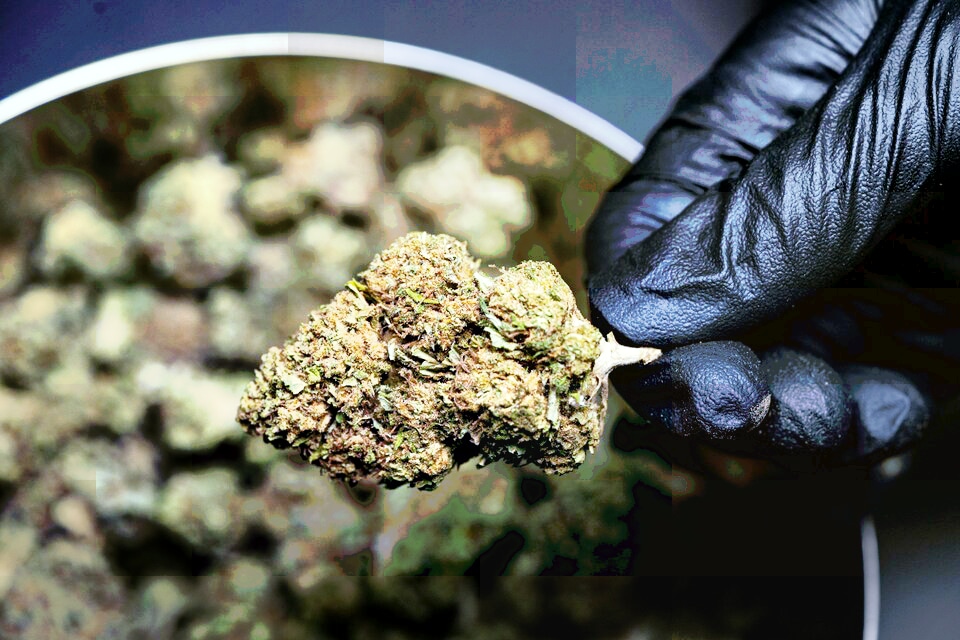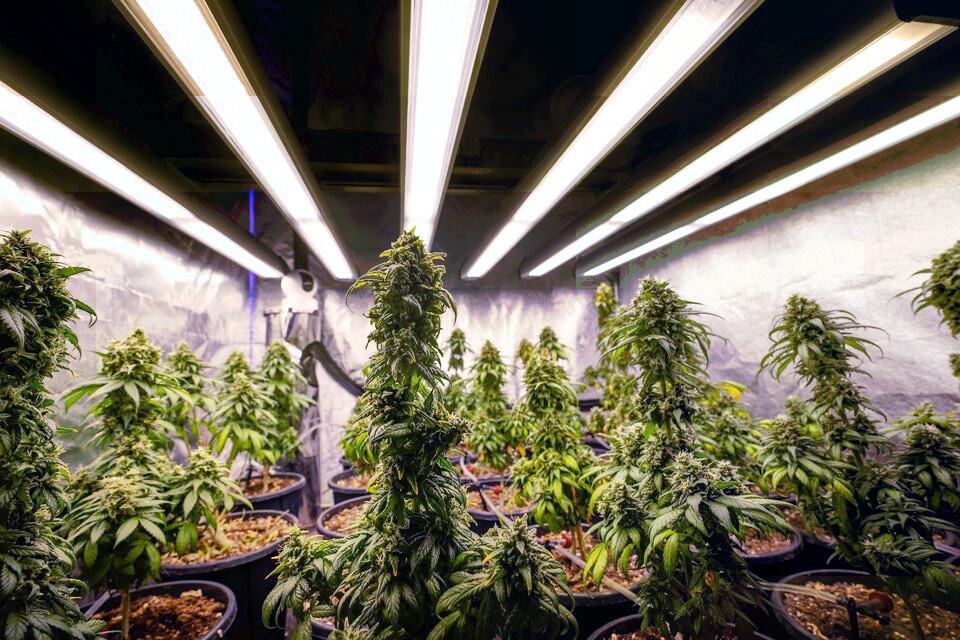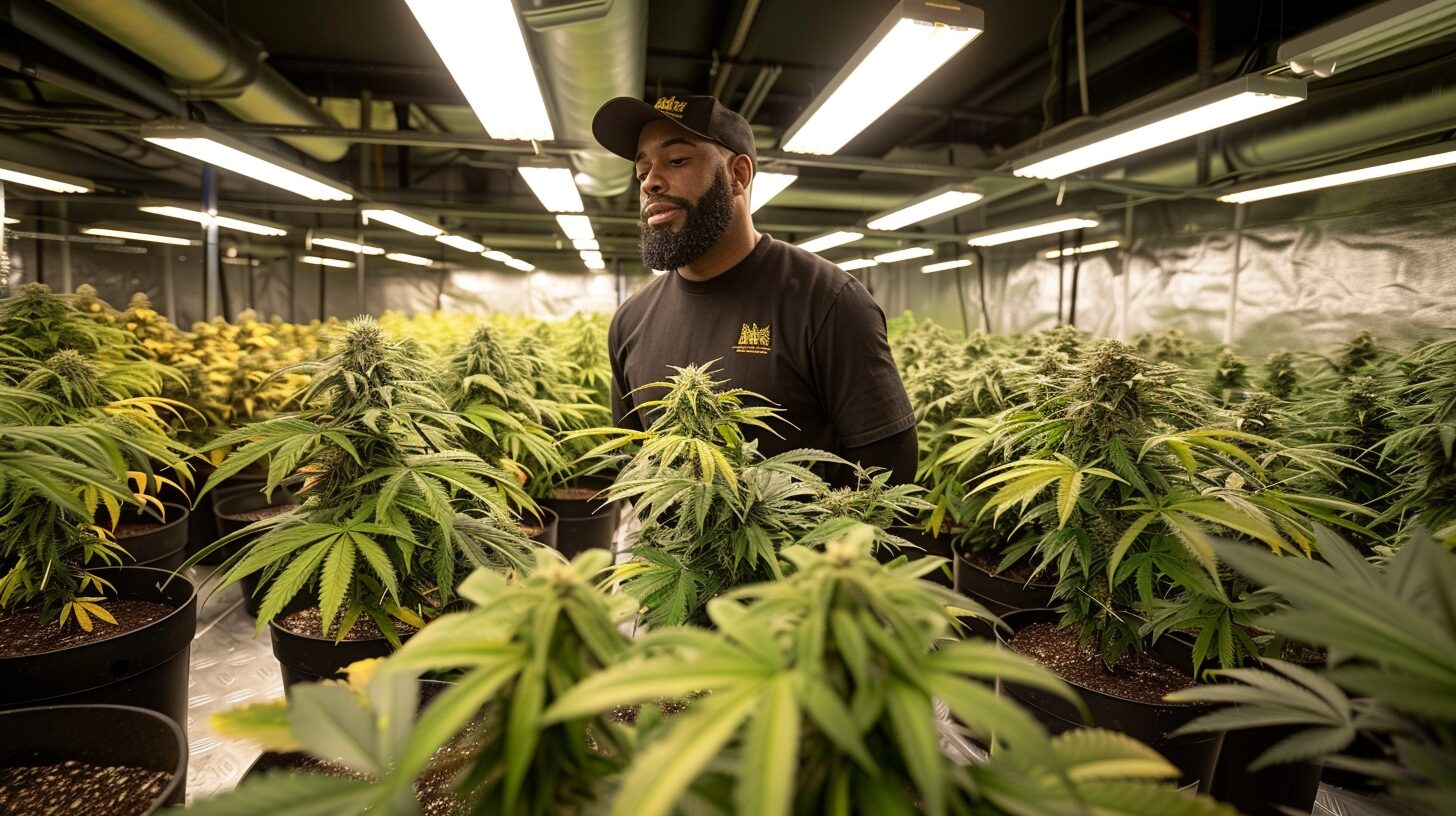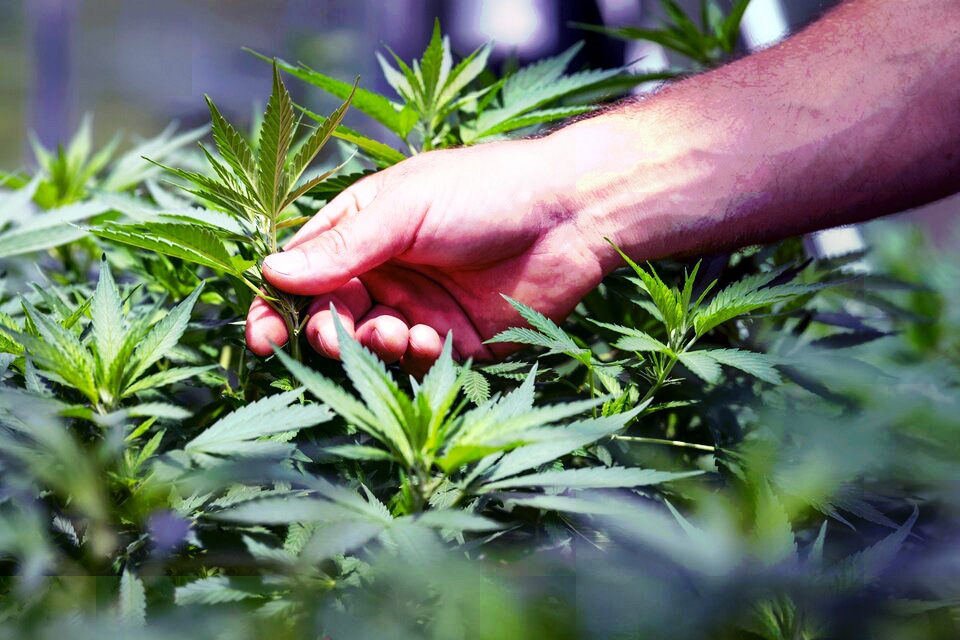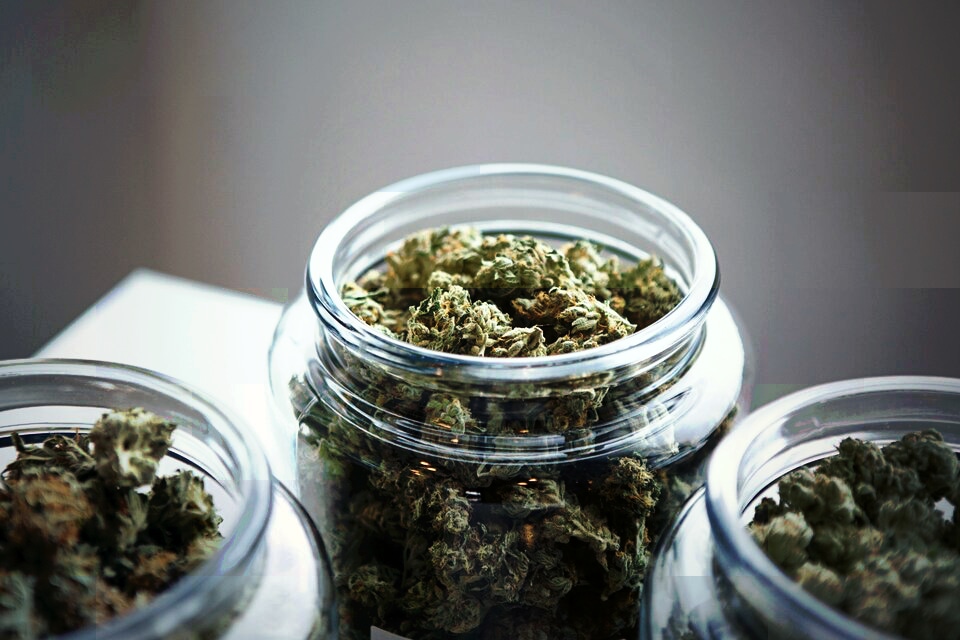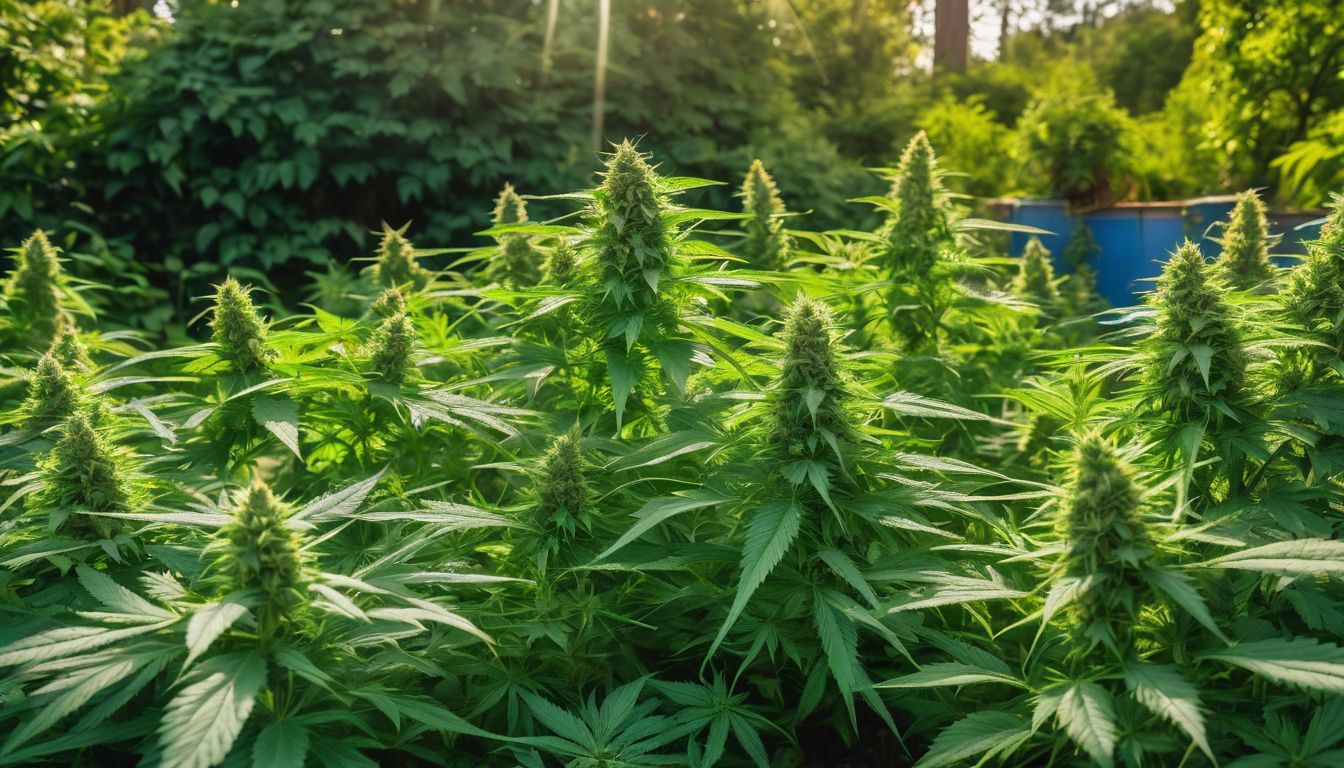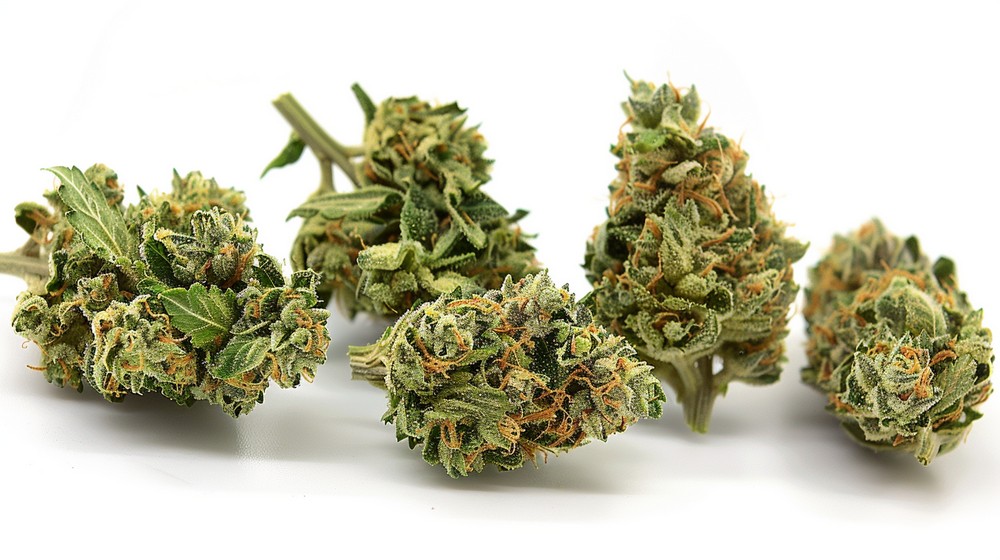Guia Completo de Hormônios para o Cultivo de Cannabis

Welcome to the exciting world of cannabis growing, where every detail matters. Did you know that growth hormones are crucial to obtaining an abundant and quality harvest? In this article, we’ll explore how these powerful substances can make or break your marijuana crop.
A fascinating journey awaits us that will transform the way you view plants! Keep reading and discover the secrets of success in cannabis cultivation.
Key Conclusions
- Hormones like auxins and cytokinins are crucial for cannabis growth, helping plants develop strong and healthy.
- Be careful with synthetic plant growth regulators (PGRs) because some can be harmful to the health of people and plants.
- It’s better to use natural hormones and avoid dangerous PGRs to keep consumers and plant quality safe.
- Hot substrates can boost cannabis growth and increase production of desirable compounds like cannabinoids and terpenes.
- Gibberellic acid, auxins, and ethylene are some of the natural friends that help from germination to flowering of cannabis.
Plant Growth Hormones and Regulators in the Production of Cannabis sativa L.
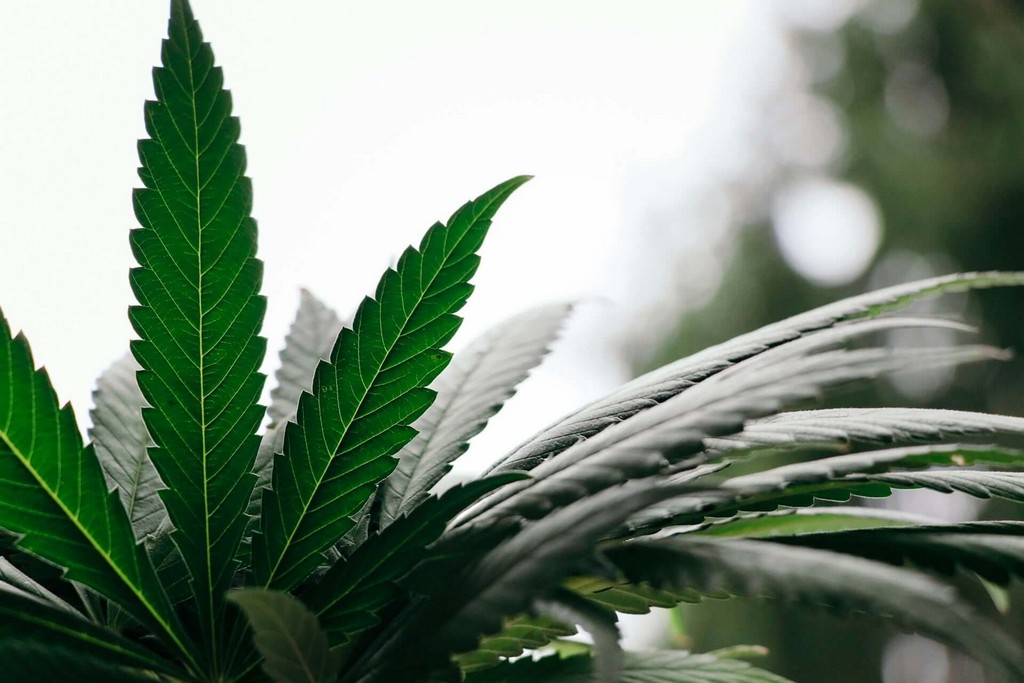
Ah, growth hormones.. those little chemical messengers that play a crucial role in the development of our beloved Cannabis sativa L plants. Knowing how to handle them can be the difference between a “meh” harvest and one that makes you say: “Wow, that’s potent!” Let’s dive into this fascinating world where science and mother nature join hands to help these green friends reach their full splendor.
Ready? Let’s go!
The Five Main Plant Hormones
Plants have hormones that help them grow strong and healthy. In marijuana, these substances are key to obtaining good harvests.
- Auxins: Wow, how important they are! These hormones help the plant get big, from roots to leaves. They make cells stretch and are also behind apical dominance. This means the plant grows upwards more than sideways.
- Cytokinins: They work as a team with auxins. These hormones make cells divide and grow. They help form new shoots and enable lateral growth of the plant.
- Gibberellins: They’re like a magic wand for your cannabis plants, especially for germinating seeds. They help initiate the flowering process and can also make the plant stem longer.
- Ethylene: Although it’s a gas, it’s super important for cannabis. It controls things like fruit ripening and the dropping of old leaves or flowers.
- Abscisic acid (ABA): This helps us when there’s drought or high salinity. It makes the plant close its pores to save water. It also plays a role in stopping growth if conditions aren’t good.
Use of Natural Plant Growth Hormones in Cannabis
Natural hormones really help cannabis grow and be strong. Auxins, for example, are key for the plant to have a good size and good roots. These hormones make cells divide and the plant have more lateral branches.
If the environment changes, it can affect how the plant produces these very important auxins.
Another hormone, abscisic acid (ABA), helps marijuana plants not get as stressed. When there’s no water or it’s very hot, ABA works to protect the plant.
This is great because it means cannabis plants can keep growing even if they’re in a difficult place. Plus, plant hormones like these don’t make cannabis leaves turn yellow.
Caution: Beware of Harmful PGRs!
You have to be very careful with some PGRs, or growth regulators. These can be bad for cannabis plants and for the people who use cannabis. Some PGRs change the way plants grow and how they make their hormones.
This can make the plants not as healthy.
If you use bad PGRs, the people who use your cannabis may have health problems. That’s why it’s better to look for natural ways to help your plants grow. Avoid harmful PGRs and you’ll keep your plants and consumers happy and safe.
Types of Synthetic Growth Hormones Used in Cannabis Cultivation
When we talk about boosting our green friends, synthetic growth hormones come into play.. but, watch out! Not all of them are like a warm, comforting hug for our plants.
On this journey into the world of cannabis cultivation, we’re going to unravel the keys of these chemical compounds — their names may sound like science fiction, but their impact is very real and they’re out there affecting everything from how sprouts shoot up to how our beloved Cannabis sativa L. dress themselves in flowers.
Chlormequat Chloride
Chlormequat Chloride is like a height regulator in plants, did you know? It limits how much they grow upwards. Especially in cannabis, it helps the plant not become too tall and difficult to handle.
This product is widely used in ornamental plants, cereals and yes, also in cannabis.
Now, applying Chlormequat Chloride is an art. You have to know the right time and how to do it for it to work well. If done right, marijuana plants can grow strong and robust, without getting too tall!
Daminozide
Shifting from chlormequat chloride, it’s important to talk about another growth regulator called daminozide. This chemical is sometimes used to keep cannabis plants from growing too tall.
It also helps the plant have more branches and flowers. But, there’s a big problem with daminozide. It’s been discovered that it can be bad for our health. In fact, in many places they no longer allow it to be used on cannabis plants.
It’s vital to be aware of the risks before choosing daminozide for our plants. Sometimes we want our cannabis to grow better and faster, but it’s not worth putting our health in danger.
There are other ways to help our plants without using harmful chemicals. That’s why many growers prefer natural methods or avoid certain products like daminozide.
Paclobutrazol
Paclobutrazol is like magic for cannabis plants. It helps plants flower more and look super good. It’s like a remote control that tells the plant how to grow.
The flowers get denser and stronger, just what we want! But be careful, you have to use it right and understand how it works.
This growth regulator changes the plant’s hormones. It makes there be fewer gibberellins, those hormones that make plants stretch a lot. It also increases cytokinins, which are the hormones for growing differently.
With paclobutrazol, cannabis plants have cells that pack more tightly in the flower. This is great because it means bigger, solid flowers. Now, let’s talk about the safety of consuming PGR cannabis…
Safety in Consuming PGR Cannabis
People worry a lot about the safety of eating PGR cannabis. These plants have received synthetic hormones to look better or grow faster. Some of these hormones may not be good for our body.
That’s why labs do tests to look for PGR in cannabis. They want to make sure people don’t eat anything bad.
It’s important to know if your cannabis has PGR. If it does, it may not be the best for you. Look for cannabis products that are natural and have no added hormones. That way you take care of yourself and know what you’re eating.
Remember, natural is often the better choice for your health.
Natural Growth Regulators for Cannabis: From Seed Germination to Flowering
Ah, the age-old art of cultivating cannabis and its little helpers, the hormones. If you’ve ever wondered how to take your marijuana plants from being shy sprouts to becoming colossal bud monsters, then you’re in the right place.
Let’s dive into the world of natural growth regulators, those magical compounds that from the moment the seed awakens until the flowers unfold, have the power to transform the yield and quality of your crop..
Get ready for a spectacular plant journey!
Gibberellic Acid: A Cannabis Grower’s Best Friend
Gibberellic acid does magic with cannabis plants. Imagine a hormone that helps seeds wake up and grow strong. That’s exactly what GA3 does, and that’s why breeders love it so much.
It helps the little plants push up from the soil and stretch towards the sun. Plus, if you want more flowers, well gibberellic acid is on that wavelength too.
Using gibberellic acid is like giving your plants a superpower. It stimulates growth and makes branches shoot out in all directions, which is great for getting more buds.
And if you get into that whole sex-changing plants thing for research, GA3 gives you a huge hand. Just mixing it in the growing medium already gives your plants a push forward.
No wonder growers consider it their best friend!
Auxins: The VIPs Among Marijuana Growth Hormones
Gibberellic acid helps seeds wake up, but auxins are the stars that guide the growth of the marijuana plant. These hormones are super important because they make cells stretch and create strong roots.
With auxins, your plants will have a better start and be able to form bigger buds. If you cut a part of the plant to make more plants, auxins help those new pieces grow roots.
Just be careful to use the right amount, because if you overdo it, your little plants may not grow as you expect.
Cytokinins: Cannabis Plant Hormones with a Reverse Effect
Cytokinins really do something special in the cannabis plant. These hormones work differently because they help with cell division and make lateral branches grow more.
Oh, and a curious thing – they also fight against apical dominance. This means they don’t let the tip of the plant be the only part that grows a lot. With cytokinins, the lower and middle parts of the plant also get strong and full of life.
So, if someone wants their marijuana plant to have more branches and not just one strong top part, cytokinins are key. They change the shape of the plant so it looks with more branching and leaves everywhere.
It’s like giving a complete makeover to the growth style!
Ethylene: A Potent Flowering Hormone
Ethylene is like a superhero in the world of marijuana plants. This gaseous hormone does something very special: it makes the plant flower! Think of it as a switch that puts the plant in “make flowers” mode.
And not only that, ethylene also gives a hand to the roots to grow strong. It’s no surprise that it’s less complicated than other hormones, but it’s still super powerful.
Plants make ethylene when parts of them, like methylene, break. This is great because it helps sinsemilla cannabis plants have a lot of CBD, that ingredient everyone loves.
Now, let’s move on to talk about another friend of plants, abscisic acid or ABA.
Abscisic Acid, or ABA
Abscisic Acid, or ABA, is like the serious boss in the office of cannabis plants. This boss is in charge of important things like telling plants when to sleep and wake up.
Yes, you heard it right. When a marijuana plant has enough ABA, it knows it’s time to stop growing and start preparing for changes, like the cold of winter.
Imagine it’s like the school bell that tells everyone: “Hey, change class!”.
Don’t think that ABA is just there to set limits, oh no. It also has a special mission in cannabis seeds. It helps keep them asleep until it’s the best time to germinate.
Have you ever seen how a seed starts to open and a new little plant comes out? Well, that’s where ABA is acting.
Now, not only does it send signals to take naps and wake up. ABA also has a lot to do with cannabis flowers. It helps plants realize it’s time to start flowering.
So, when the conditions are right, boom! Those beautiful flowers arrive loaded with aroma and color.
But there’s more to this cannabis growth thing. Let’s chat a bit about other natural friends that help in this process..
Other Important Growth Regulators for Cannabis
In the world of cannabis, there are hormones that are like superheroes for plants. These little helpers make the plant grow strong and healthy. Here I’ll tell you about some very important growth regulators for cannabis:
- Jasmonic Acid: This hormone is like a ninja that protects the plant. It helps defend it from insects and makes it heal quickly if it gets hurt.
- Brassinosteroids: They’re like vitamins for humans, they make the plant get big and resistant. With them, marijuana can grow more and be stronger.
- Salicylates: They work like a fire alarm in plants. If something is wrong, this hormone warns so the plant can react quickly.
- Peptide Elicitors: Imagine a magic potion; these peptides help everything work well inside the plant, so it can grow without problems.
Jasmonic Acid
Jasmonic acid is a super special hormone in marijuana plants. It helps seeds start to grow and also makes the plant flower prettier. In other plants, this acid makes more little hairs, called trichomes, come out, and also helps them defend themselves better.
To make jasmonic acid, people use a process called liquid fermentation. That makes the plant get old with dignity and resist attacks from things that want to harm it.
It’s like having a tiny superhero inside each cannabis seedling!
Use of Hot Substrates for Cannabis Cultivation
Hot substrates are like the super comfy bed for a cannabis plant. Imagine, each seed needs a perfect place to put down roots and grow strong. Well, hot substrates are that special place.
Think of them as soil with superpowers that helps little plants produce more of what you like, like cannabinoids and terpenes. Those are the compounds that make marijuana have its unique effects.
Now, using these substrates is no joke. You have to know what you’re doing because they can change how much THC or CBD your harvest is going to have. And that’s important, right? So growers are always looking to learn more about how to use these substrates well.
That way, they can make the most of it and get cannabis plants that are the envy of everyone. Now, let’s continue and talk a bit about what comes next: safety when consuming cannabis treated with PGRs.
Conclusion
The magic of hormones is everywhere in marijuana cultivation. They help the plant grow strong and healthy. Using them well can take your buds to the next level.
It’s amazing what a bit of science and love for plants can do! So, get to work and grow!
To learn more about how hot substrates can benefit the growth of your cannabis, visit our detailed article here.
Frequently Asked Questions
1. What are marijuana growth hormones?
They are substances, like abscisic acid (ABA), that help with things like seed germination, cell division and vegetative growth of plants.
2. How do these hormones affect plant shape?
These hormones can change how the plant looks (its morphology), for example, they can influence lateral growth and overcome apical dominance, so the plant has more branches.
3. Can hormones improve the efficiency with which marijuana does photosynthesis?
Yes, some hormones can make the plant use light better to make its food and grow stronger and healthier.
4. Are hormones used when growing marijuana in a laboratory?
Of course, in tissue culture hormones are used to control how cells grow and make sure the little plants are healthy.

